Humidity Calibrator
Humidity range: 5%RH~95%RH Intelligent programming
● Functional diversity: Temperature and humidity change rate reminder, curve display, timing switch, etc.
● Product intelligence: Mobile phone/Pad remote control, support USB, RS-232, Wifi, etc., real-time communication with PC; With multi-segment programming function;
● Security: Multi-point calibration, sub-section control, multiple protection alarms;
Temperature Humidity Calibration System: Guide
Dearto as a humidity calibrator manufacturer, we have more than ten years of experience.
In more than ten years of experience, we have received many questions about humidity calibrator, now let dearto take you to know about temperature and humidity calibration equipment.
What is a Humidity Calibrator? Understanding its Role in Precise Measurements
A humidity calibrator is a specialized device used to validate and adjust humidity sensors or instruments, ensuring accurate and reliable humidity measurements. In various industries and scientific research, maintaining optimal humidity levels is crucial to ensure product quality, process efficiency, and compliance with industry standards. Humidity calibrators play a pivotal role in achieving these goals.
Types of Humidity Calibrators: Understanding Their Applications and Features
Humidity calibrators are essential tools for maintaining accurate humidity measurements in various industries and research fields. They come in different types, each catering to specific needs and applications.
1. Dew Point Generators
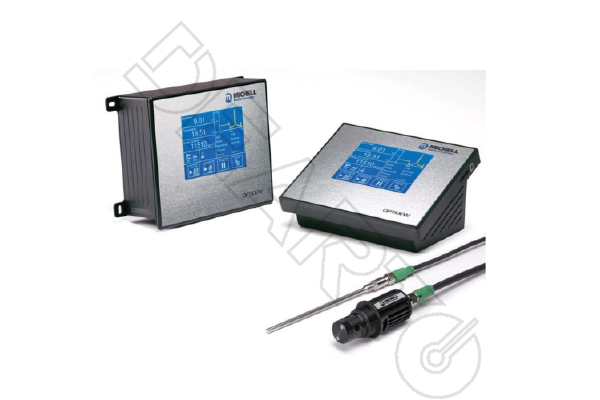
Dew point generators are designed to calibrate humidity sensors at low humidity levels. They operate by condensing moisture from a gas stream, effectively reaching the dew point temperature. This dew point temperature is then used as a reference for calibrating the humidity sensor. Dew point generators are commonly used in applications where precise measurements at low humidity levels are crucial, such as in pharmaceutical storage and semiconductor manufacturing.
2. Relative Humidity (RH) Generators
RH generators create a stable environment with a known humidity level for calibrating relative humidity sensors. These generators ensure that the sensors provide accurate readings in different humidity conditions. RH calibrators are widely used in environmental monitoring, climate research, and weather forecasting, where precise relative humidity measurements are essential for data accuracy.
3. Portable Humidity Calibration Instruments
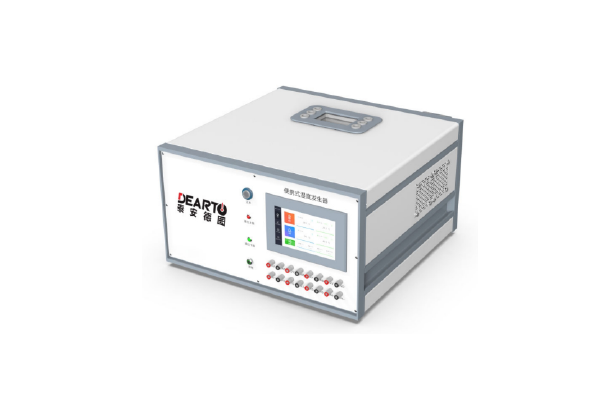
1) Glass + eyelet combination cover
Scope of application: measuring indoor built-in lighting, transparent window to facilitate digital temperature and humidity meter reading, small holes suitable for inserting various temperature and humidity sensors, temperature and humidity transmitter probe.
2) Combined macroporous + pore cover
Scope of application: large holes are suitable for inserting various input cold mirror dew point instrument probes as standard devices, and small holes are suitable for inserting various temperature and humidity sensors, temperature and humidity transmitter probes.
3) Aluminum alloy instrument box
Easy for users to go out to carry and use.
4. Chilled Mirror Hygrometers
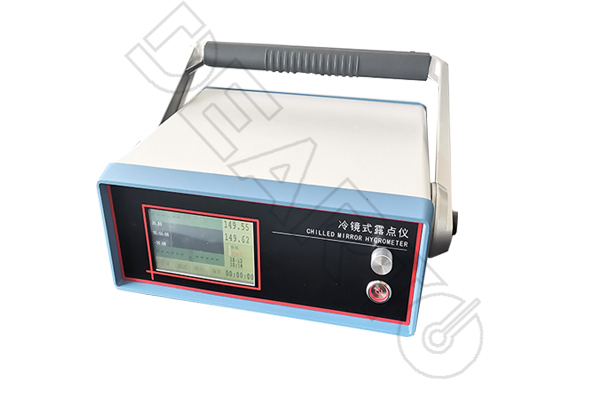
Chilled mirror hygrometers are highly accurate instruments used in laboratory settings. They measure the dew point temperature by cooling a mirror until condensation forms. The dew point temperature is then used to calibrate humidity sensors or instruments. Chilled mirror hygrometers are often utilized in research laboratories, calibration labs, and industries where precise and traceable measurements are necessary.
5. Humidity Calibration Chambers
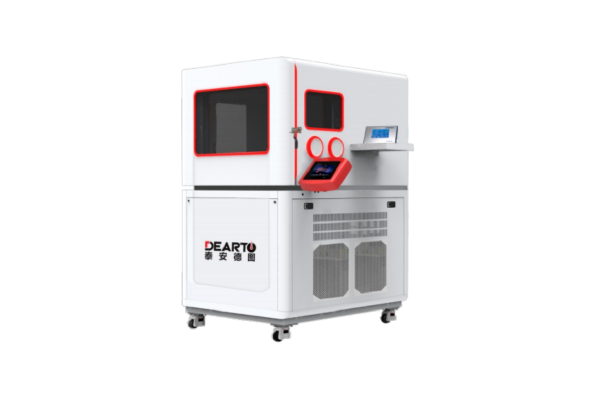
Humidity calibration chambers are large enclosures designed to create a controlled environment with a specific humidity level. They accommodate multiple humidity sensors or instruments simultaneously, making them ideal for calibrating a batch of instruments efficiently. Calibration chambers are commonly used in industries with high-volume humidity instrument calibrations, such as aerospace and electronics manufacturing.
6. Dynamic Humidity Simulators
Dynamic humidity simulators are advanced calibrators capable of providing precise and continuous humidity variations. They simulate dynamic changes in humidity, which is particularly useful for testing the performance of humidity sensors under varying conditions. Dynamic humidity simulators find applications in research and development, product testing, and quality control processes.
7. Psychrometric Calibrators
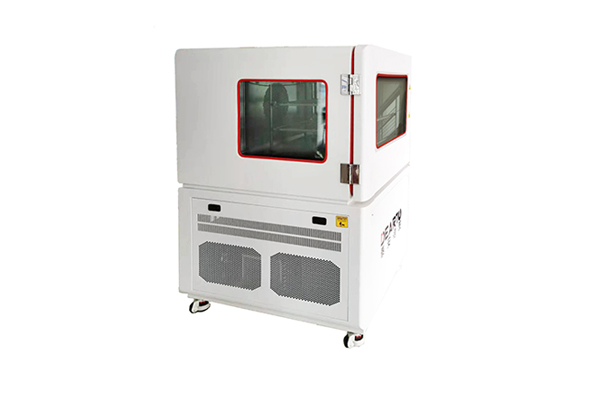
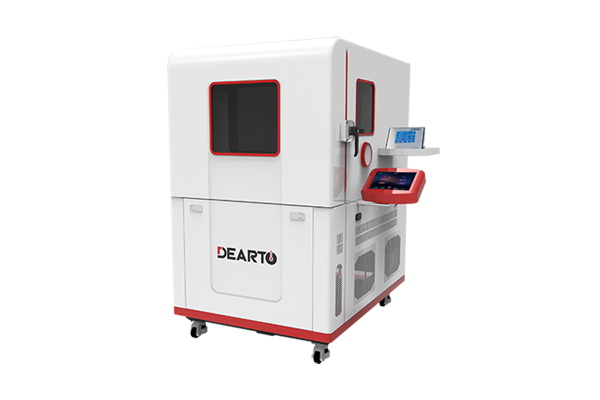
Psychrometric calibrators are specialized tools used to calibrate hygrometers based on psychrometric principles. They allow users to generate specific humidity and temperature conditions to validate and adjust humidity sensors accurately. Psychrometric calibrators are commonly used in meteorology, HVAC systems, and industrial hygrometry.
The Working Principle of Humidity Calibrators: Ensuring Accurate Measurements
Humidity calibrators are specialized devices that play a crucial role in verifying and adjusting the accuracy of humidity sensors and instruments. By creating a controlled environment with a known and stable humidity level, these calibrators ensure that the readings of humidity measuring instruments are reliable and consistent.
1. Generation of Humidity
The fundamental step in the working principle of humidity calibrators involves generating a controlled and precise humidity level. There are various methods used to create this humidity level, depending on the type of calibrator:
● Introduction of Moisture: Some calibrators utilize the introduction of moisture into a sealed chamber to achieve the desired humidity level. This is often accomplished by vaporizing water or introducing a known concentration of water vapor into the chamber.
● Use of Salt Solutions: Salt calibrators employ the use of salt solutions to create specific humidity levels. These solutions have well-defined and stable humidity characteristics, making them suitable for calibrating humidity sensors.
● Cooling to Reach Dew Point: Dew point generators and chilled mirror hygrometers work by cooling a surface (mirror) until condensation occurs. This temperature at which condensation forms is known as the dew point and serves as a reference for calibrating the humidity sensor.
2. Measurement and Adjustment
Once the controlled humidity environment is established, the humidity sensors or instruments to be calibrated are exposed to this environment. The sensors measure the humidity level within the calibrator, and their readings are compared with the known humidity value.
Any discrepancies between the measured value and the known value indicate a potential deviation in the sensor's accuracy. Calibration adjustments are made to align the sensor's readings with the known humidity level, ensuring that it provides accurate measurements.
3. Validation
After the calibration adjustments have been applied, the humidity calibrator verifies the accuracy of the humidity sensors. The sensors are exposed again to the controlled humidity environment, and their readings are compared to the known humidity level.
If the readings closely match the known value, the calibration is considered successful, and the sensor is deemed accurate. If any discrepancies remain, further adjustments or recalibration may be necessary to achieve the desired level of accuracy.
Applications of Humidity Calibrator: Ensuring Precision in Diverse Industries
Humidity calibrators play a critical role in a wide range of industries where accurate humidity measurements are essential for maintaining product quality, ensuring process efficiency, and adhering to industry standards. These versatile devices are utilized in various applications, contributing to the success and reliability of processes in different sectors.
1. Pharmaceuticals and Healthcare
In the pharmaceutical and healthcare industries, precise humidity control is vital for maintaining the stability and efficacy of drugs, vaccines, and medical devices. Humidity calibrators are used to verify and adjust the accuracy of humidity sensors in controlled storage environments, ensuring that medications and medical products remain effective throughout their shelf life. Accurate humidity measurements in pharmaceutical manufacturing and storage facilities help prevent degradation and maintain the quality of critical healthcare products.
2. Food Production and Storage
Humidity plays a crucial role in the food industry, affecting product quality, shelf life, and overall safety. Humidity calibrators are used to calibrate humidity sensors in food processing and storage facilities to ensure optimal conditions for different food products. From baked goods to fresh produce, maintaining the right humidity levels can prevent spoilage, extend shelf life, and preserve the flavor and texture of food items.
3. Electronics Manufacturing
In electronics manufacturing, excess moisture can lead to defects and malfunctions in electronic components. Humidity calibrators are used to calibrate humidity sensors in manufacturing facilities to ensure a controlled environment with low moisture levels. Precise humidity measurements help prevent moisture-related damage to sensitive electronic devices and contribute to the reliability and performance of electronic products.
4. Environmental Monitoring
Accurate humidity measurements are crucial in environmental studies, climate research, and weather forecasting. Humidity calibrators are employed to calibrate humidity sensors used in weather stations, environmental monitoring stations, and climate research facilities. Reliable humidity data contributes to better understanding climate patterns, predicting weather events, and assessing environmental conditions.
5. HVAC Systems and Building Management
Heating, ventilation, and air conditioning (HVAC) systems require precise humidity control to maintain indoor air quality, comfort, and energy efficiency. Humidity calibrators are used to calibrate humidity sensors in HVAC systems, ensuring accurate and responsive humidity regulation. Proper humidity control in buildings contributes to occupant comfort, prevents mold growth, and enhances energy-efficient HVAC operation.
6. Aerospace and Defense
In the aerospace and defense industries, maintaining the ideal humidity levels within aircraft and aerospace equipment is crucial for safety and reliability. Humidity calibrators are used to calibrate humidity sensors in aircraft cabins, avionics, and other aerospace systems. Accurate humidity measurements help prevent corrosion, ensure optimal performance, and meet stringent aerospace standards.
Top 5 Humidity Calibrator Manufacturers in the World
Thunder Scientific (USA)
Dearto (China)
Fluke Calibration (USA)
Fensor (France)
Vaisala (Finland)
How to Choose a Humidity Calibrator Manufacturer: Considerations for Making the Right Decision
Selecting the right humidity calibrator manufacturer is crucial to ensure the accuracy, reliability, and longevity of your calibration equipment. With various manufacturers offering different types of calibrators, it's essential to consider several factors before making your decision.
➲ Expertise and Experience
➲ Calibration Standards and Certifications
➲ Product Range and Customization
➲ Quality and Reliability
➲ Technical Support and Service
➲ Pricing and Value
Why Dearto?
As an excellent humidity calibrator manufacturer in China, Dearto has not only passed the quality certification but also has more than 50 software and patent certificates. The products developed by Dearto tend to be intelligent, and the quality and safety are also guaranteed. Dearto's products have been sold to the United States, Spain, Israel, Australia, Vietnam and other countries.



